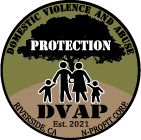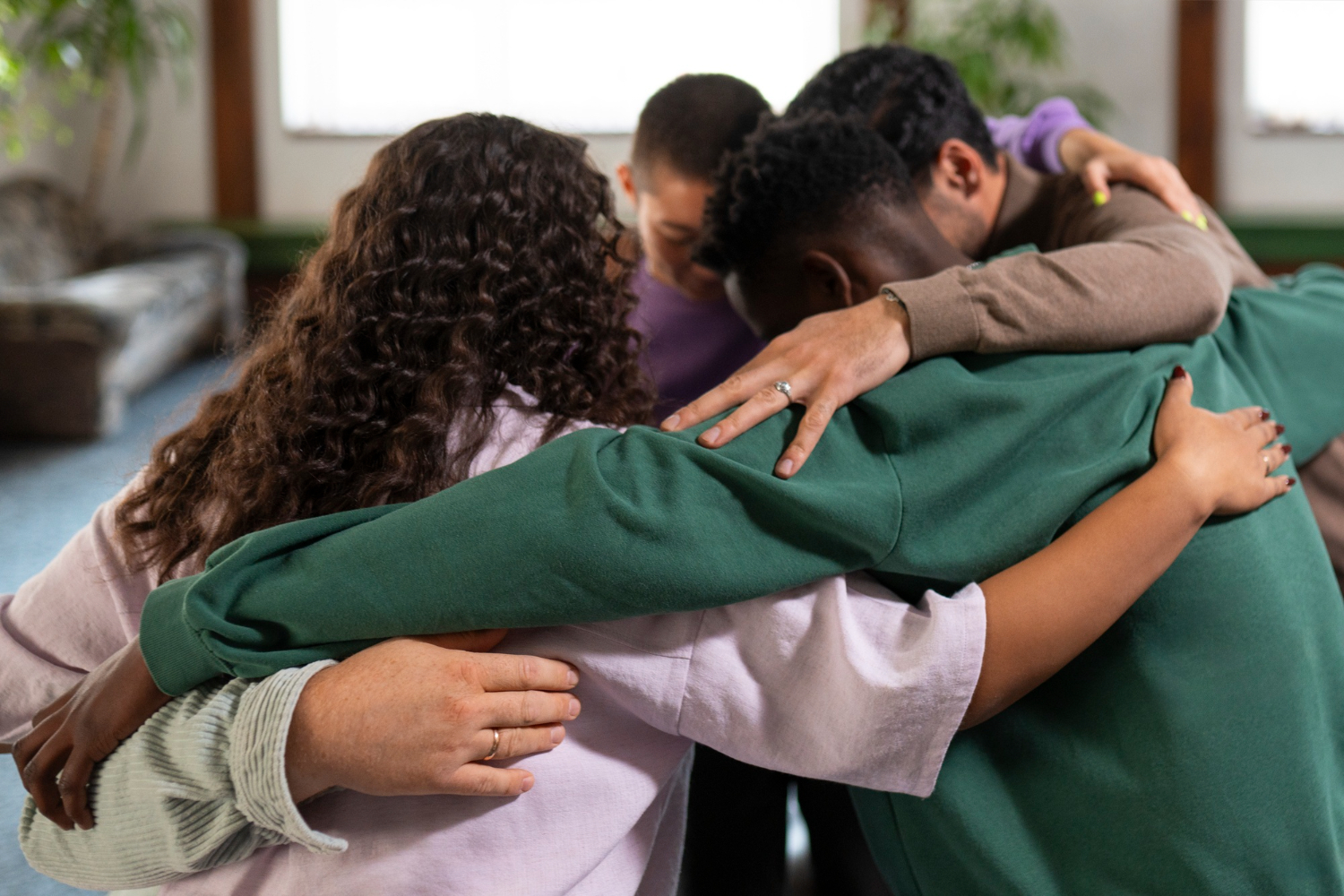Domestic violence often begins subtly, making it challenging for survivors, their families, and the wider community to recognize the warning signs early. Abuse is rarely a one-time event; instead, it follows a recurring pattern known as the cycle of abuse. By understanding this cycle, survivors can gain clarity, find support, and take steps toward breaking free. This article seeks to educate and empower those affected while offering resources and encouragement to individuals in Riverside, California, and beyond.
The Four Stages of the Cycle of Violence
Abuse typically unfolds in a repeating cycle with four distinct stages. Understanding these stages can help survivors and their loved ones identify patterns and seek help sooner.
1. Tension Building
The tension-building phase is characterized by growing unease and stress within the relationship. The abuser may become increasingly critical, irritable, or controlling. Survivors often feel like they are “walking on eggshells,” trying to avoid conflicts or trigger their abuser. Over time, this phase intensifies, creating a sense of fear and anxiety for the survivor.
2. Incident
This is the stage where abusive behavior occurs. Abuse can take many forms—physical violence, verbal insults, emotional manipulation, sexual coercion, or financial control. The incident is often unpredictable, leaving the survivor shaken and vulnerable. This stage reinforces the power imbalance in the relationship.
3. Reconciliation
After the abusive incident, the reconciliation phase begins. The abuser may apologize, make promises to change, or shower the survivor with affection and gifts. This phase is sometimes referred to as the “honeymoon phase” because it creates a temporary illusion of remorse and stability. However, the underlying issues often remain unaddressed, enabling the cycle to continue.
4. Calm
The calm phase, also known as the period of “normalcy,” is when the relationship appears stable. There may be no visible acts of abuse during this time, causing the survivor and those around them to believe things have improved. Unfortunately, this phase is often short-lived, as tension begins to build again, restarting the cycle.
Survivors Often Experience Confusion and Self-Blame
One of abuse’s most devastating effects is the emotional toll it takes on survivors. Many find themselves trapped in a whirlwind of confusion, guilt, and self-doubt. They may question their own actions or believe they are to blame for the abuse. This is largely due to the manipulative tactics abusers employ, such as gaslighting, which undermines the survivor’s sense of reality.
It’s important to emphasize that abuse is never the survivor’s fault. Recognizing this fact is a vital first step in reclaiming self-worth and finding a path to safety.
Why Recognizing Patterns Is Essential to Breaking Free
Understanding the repetitive nature of the cycle of abuse can empower survivors to take action. The predictability of the cycle demonstrates that abuse is not a series of isolated incidents but a systematic pattern of behavior designed to control and intimidate. By recognizing patterns, survivors can better prepare themselves emotionally and practically to seek support and take steps toward breaking the cycle.
For friends and family members, identifying these patterns can also be crucial. Speaking with compassion and offering non-judgmental support can encourage survivors to take the first steps toward safety.
Finding Help and Support in Riverside
If you or someone you know is experiencing domestic violence, reaching out for help is critical. Riverside, California, offers resources specifically designed to support survivors. Domestic Violence and Abuse Protection, Inc. (DVAP) provides compassionate, reliable services to help victims regain control of their lives. Trained advocates are available 24 hours a day to offer guidance, protection, and assistance in creating a safer future.
Remember, you are not alone. There are people and resources ready to help you take the steps toward freedom.
Resources for Families and Friends of Victims
Supporting a loved one through domestic abuse can be challenging, but your role is a crucial one. The most important thing you can do is listen without judgment and offer consistent encouragement. Educate yourself about the cycle of abuse and available resources to better understand what your loved one is going through.
Organizations like DVAP can provide family members and friends with guidance on how to help a loved one safely exit an abusive relationship. Knowing how to approach the situation with sensitivity and care can make a significant difference.
Are You Experiencing Domestic Violence or Abuse? DVAP Is Here To Help
Domestic Violence and Abuse Protection, Inc. is a non-profit organization committed to protecting the victims of domestic abuse. When restraining orders are not enough, we are there to provide the determined protection you deserve. We are located at 3900 Orange St. Riverside, CA. Call us at (951) 275-8301 (24 hours). Alternatively, you can email us at admin@dvapriverside.org.
Taking the first step can be difficult, but you don’t have to do it alone—DVAP is here to support you every step of the way.






